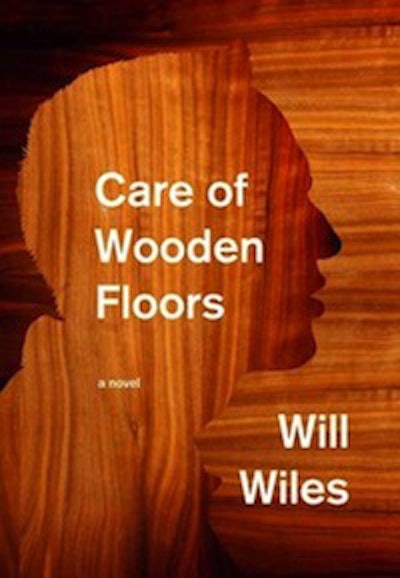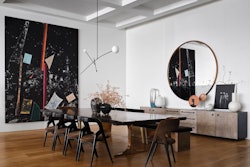
 |
But first, the plot: a British copywriter house-sits for an old college friend, Oskar, in an anonymous Eastern European city while Oskar goes away to California to save his marriage. All around the pristine apartment-replete with minimalistic French oak wood floors underfoot-Oskar has strategically placed passive-aggressive notes with instructions on apartment care: "Please DO NOT play with the piano," says one note, while another informs the main character Oskar's cats "are allowed on the bed for their sleep BUT NOT THE SOFA or the chairs in the living room." The story has suspense and twists and, of course, some bad things happen to the wood floors. Here's our interview:
Tell us more about the wood floors in Oskar's home, and why did you pick this type of wood flooring?
 |
In the end, it's clear Oskar's perfect home cannot make him perfect. If that's the case, what is the best we should hope for from a home?
I say that a place can't make us perfect, but that's not to say that it can't do us a lot of good. There are endless, very clear links between poor housing and poor health, so at least we should be sure our home isn't making us ill. And of course bright interiors improve our mood and make us happier. The home can and should be a place of solace and comfort-the mistake comes in attributing to our environment faults that in fact lie in ourselves. If I am procrastinating, perhaps it is not the fault of my desk.
Without giving away too much, what kind of damage is done to Oskar's wood floor? To fix it, would it be a repair job or a replacement job?
First, the floor gets a small wine stain. More wine, and some other liquids then get added to the problem. The narrator's well-meaning efforts to put things right are the cause of much of the later damage-I'm sure you all know the harm that can be done by botched cleaning. I think they could probably be restored afterwards, but it would be a big job.
In the past you've said that "What's underfoot is more important than we think it is." What did you mean by this?
We can be surprisingly unobservant about our environment. The trouble is that home improvement has been very much hijacked by efforts to market stuff to us, and that stuff is sold with some very rash promises about its ability to heal our souls and make us happy. It would be great to have a conversation about the home that wasn't promptly colonized by companies trying to sell us throw pillows or curtain tiebacks or whatever, and promising that said tiebacks will soothe whatever dysfunction afflicts us. I wrote a feature for the interiors pages of a British broadsheet newspaper saying something along those lines and it was spiked (cut)-because it ran counter to what they did every week, which was precisely the point. On a happier note, Edwin Heathcote, the architecture critic at the London Financial Times and a friend and former colleague of mine, has just written an excellent book about this called "The Meaning of Home," which unpicks the extraordinary wealth of cultural meaning and symbolism ingrained in every aspect of the home. The chapter on moldings and skirting boards is bonkers. They link back to the bound feet of human sacrifices and the Greek goddess of the Underworld.
To enter a chance to win one of three copies of Wiles' "Care of Wooden Floors," just visit Hardwood Floors' Facebook page and give us a like. The drawing will close on Nov. 30, and the winners will be announced on Dec. 3.




















